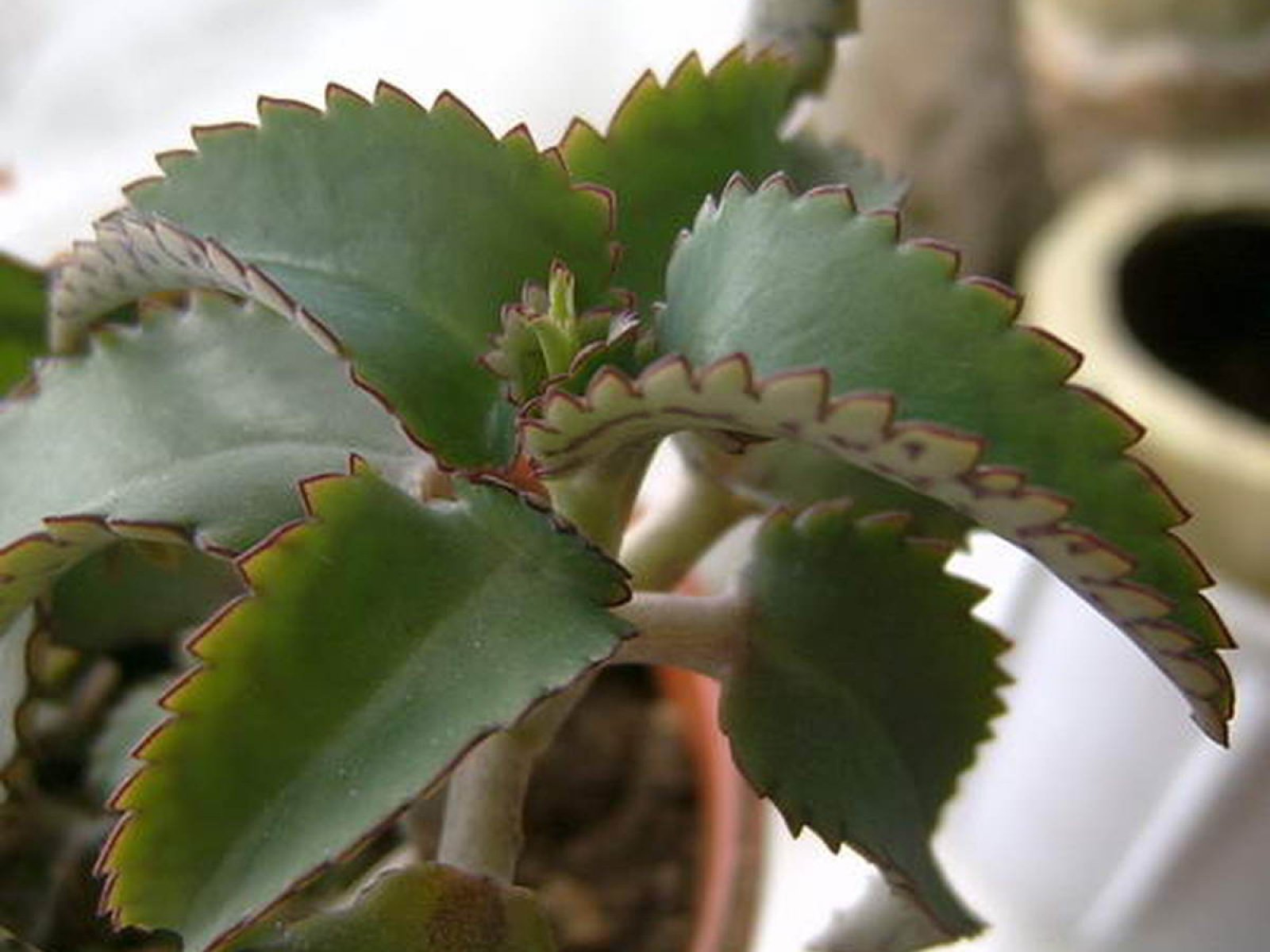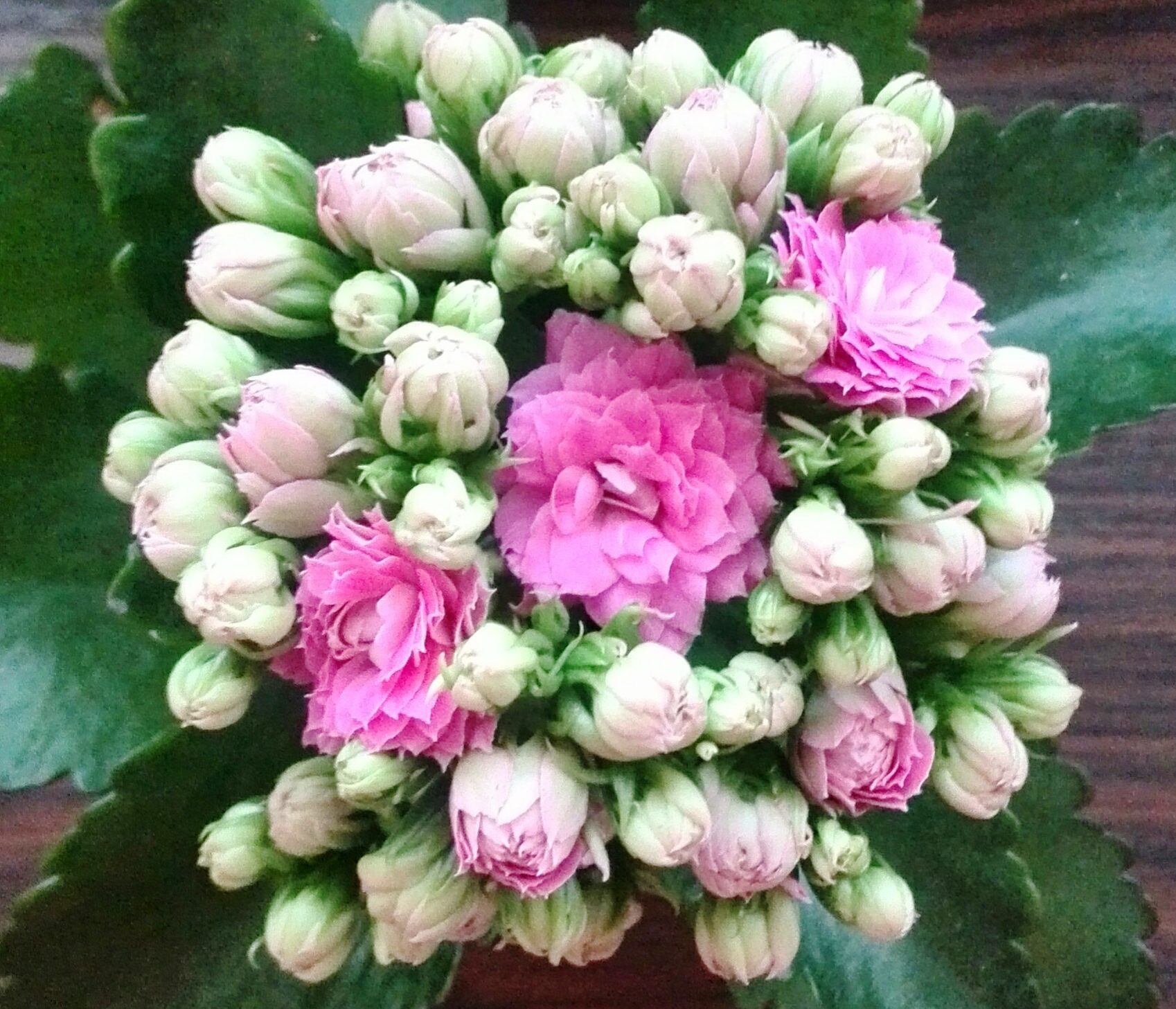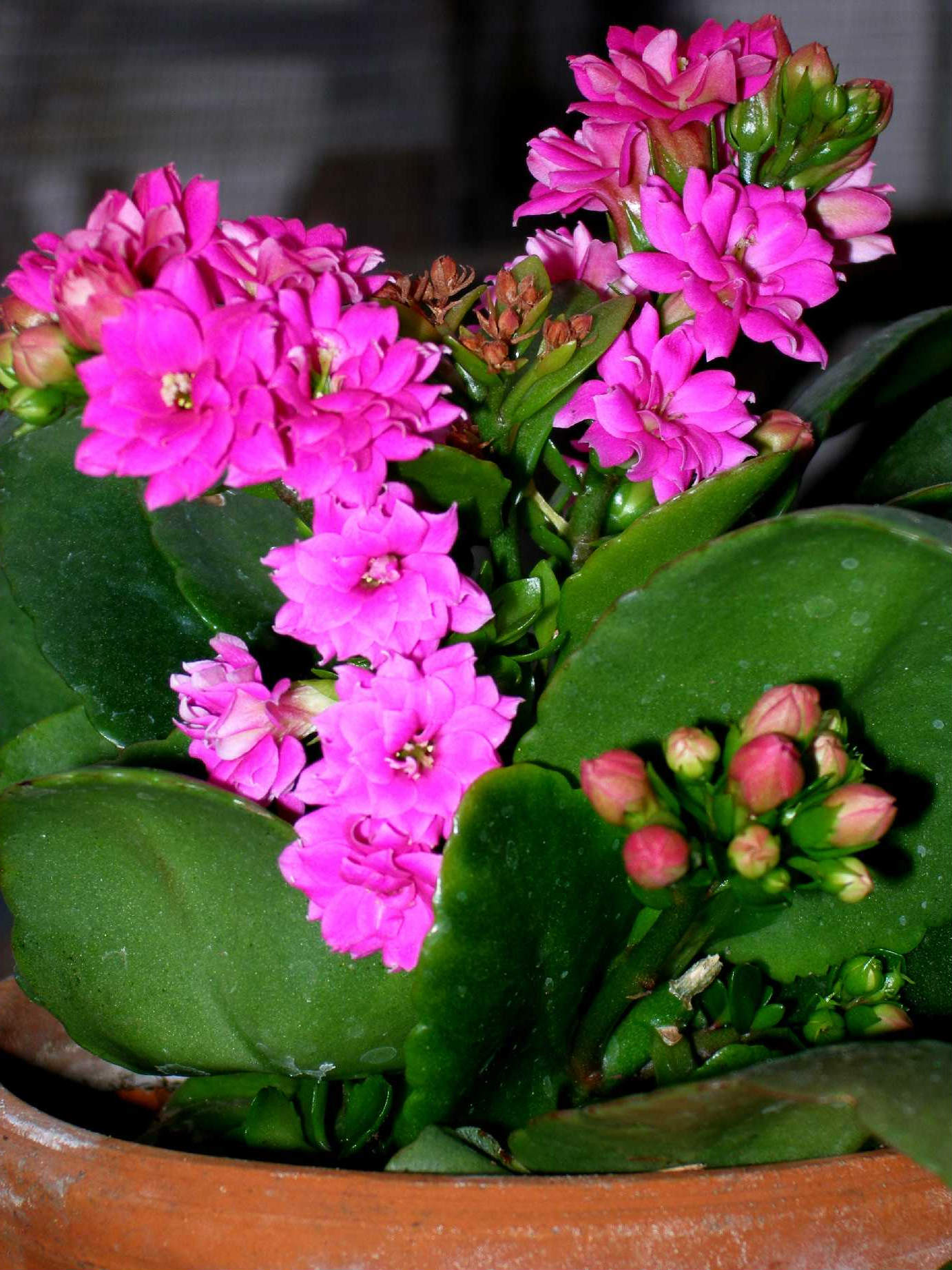Kalanchoe, as a separate culture, began to spread widely in the 80s of the last century. At this time, scientists managed to obtain stable terry hybrids, which today are called Kalanchoe Kalandiva... These potted plants have a lot of subspecies and they all amaze with their external beauty.
On the glossy bright green leaves, an air cap, consisting of multi-colored flowers, seems to float. Since the plant does not need special care, and belongs to long-flowering plants, today the interest in this culture remains very high.
Having bought a beautiful Kalanchoe in the store, everyone hopes that this plant will bloom every season. However, this does not happen. After a long bloom, Kalanchoe does not bloom, begins to stretch, the leaves become very rare. What's the matter?
Why does Kalanchoe begin to grow up and stop blooming?
There are several reasons, because of which the plant does not give flowers. The main ones are:
- Ignorance of the owner of the flower of the technology of growing the plant. After all, in the store the seller said that this potted crop does not need special care.
- There is not enough lighting for flowering. As a result, the shoots begin to stretch, they simply do not have enough strength to begin to form inflorescences.
- Very often, when we come to the store, we see flowering bushes. It seems to us that this culture blooms constantly. But this impression is deceiving. To get this look, flower suppliers, before sending them to the store, achieve the appearance of the buds, ordinary forcing.
- A small plant with a small root system is planted in a transportable pot. The soil in it contains special fertilizers that last only two months. Such a Kalanchoe is kept for several days in a short daylight hours, usually 10 hours. The bushes begin to form flower buds.
- When such a plant turns out to be in good home conditions, where normal lighting and temperature are created for it, it continues to bloom, thanks to the nutrients remaining in the pot.
To see a blooming bush again you need to help the plant, it should gain strength and begin to bloom in good home conditions.
How to care for Kalanchoe after flowering
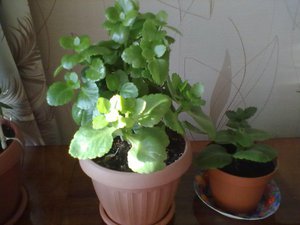 Home conditions allow you to create an optimal environment for a flower. After the flowering period is over, you need to remove the remaining old flower stalks.
Home conditions allow you to create an optimal environment for a flower. After the flowering period is over, you need to remove the remaining old flower stalks.
In order for the appearance of the Kalanchoe to remain attractive, it is necessary to remove excess shoots. Having created the structure of the plant you need, you will need to constantly observe the Kalanchoe, and pinch off unnecessary emerging shoots in time.
With the onset of spring, when flowering completely stops, you need to water it, much less often. The fact is that the roots of the Kalanchoe begin to rot due to the high moisture content of the soil. This is the most common reason when the Kalanchoe begins to wither after being in excellent home conditions. The plant requires watering when the topsoil dries up. In the summer months, watering Kalanchoe needs to be done depending on the elasticity of the leaves.
Kalanchoe transplant
If necessary, in the summer, the plant can be transplanted. This is necessary when the pot becomes small. The signal is an earthen lump entwined with roots.
For the Kalanchoe, it is better to choose ceramic dishes with a maximum diameter of 18 cm.The plant does not really like to coexist with other domestic crops, the exception is succulents.
To get a decorative composition, Kalanchoe with different flowers can be planted in several pots. Moreover, caring for the plant will not change.
Kalanchoe can be transplanted into the soil intended for succulents by adding a little finely sifted sand.
How to achieve flowering Kalanchoe in good conditions?
 When the inflorescences completely wither, the entire summer period, Kalanchoe needs feedingIt must be done twice a month, using ready-made mixtures used for feeding succulents.
When the inflorescences completely wither, the entire summer period, Kalanchoe needs feedingIt must be done twice a month, using ready-made mixtures used for feeding succulents.
- After 30 days, after flowering is complete, the plant must be cut off;
- If these are young bushes, the strongest points of growth are pinched;
- In an adult plant, lignified shoots are cut off, achieving the desired crown height.
As a result, the Kalanchoe will not stretch. Before flowering, the number of shoots will increase, the tops of which will be decorated with emerging buds. They begin to form only when the duration of daylight begins to decrease. For the middle lane, this period begins in October and lasts until half of March.
For a plant during this period you need to create a comfortable temperature:
- Night 20 ° C
- Day 27 ° C
Moreover, if at night the temperature is above 20 degrees, there will be a delay in the appearance of buds.
Kalanchoe does not like drafts very much, is afraid of the cold. For this reason, the plant should not be placed close to heating devices, as well as near doors leading to a balcony, or next to a window.
What should be the lighting of Kalanchoe
To achieve flowering of a house plant, it is very important to create appropriate lighting for the Kalanchoe.
When the plant is dormant, from March to September, morning and afternoon, should be the most intense lighting... In the hottest midday, so that the plant does not get burned, it must be put in the shade.
In autumn and winter, natural light is always insufficient, so there is no need to do additional shading. If the street is cloudy or the Kalanchoe is on the north side, you need to mount additional lighting.
Sufficient illumination level can be determined by the state of the leaves of the plant and its shoots:
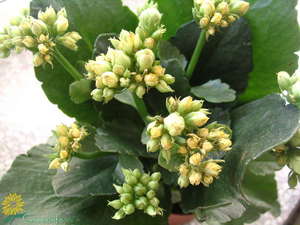 If the light output is sufficient, the leaves appear healthy and brightly colored.
If the light output is sufficient, the leaves appear healthy and brightly colored.- With insufficient light, the leaves begin to fade. The new stems that appear become smaller. Old shoots begin to stretch out. The plant does not bloom, even a long daylight does not help.
- With a lot of light and heat, the leaves get burned. This can be identified by dry, whitish spots. Strong lighting stops shoot growth.
- In order for the Kalanchoe to start blooming at home, it is necessary to reduce the daylight hours to 8 hours.
- With longer light, in autumn and winter, the buds will not form. Affects the process and artificial lighting. That is why, in order to make the Kalanchoe bloom, you need to cover the plant with a cap from the evening until morning. You can put the plant in a closet or other dark place.
Plant varieties affect bud formation. When the light is limited the plant needs a maximum of 24 daysto start a new kidney.
Subject to all the rules, at the very beginning of winter, the flowering of the plant will begin and will delight the eye for 11 weeks.
If you take care of the plant and maintain the technology described above, you can achieve constant flowering of the Kalanchoe. It will constantly grow and please the eye.
